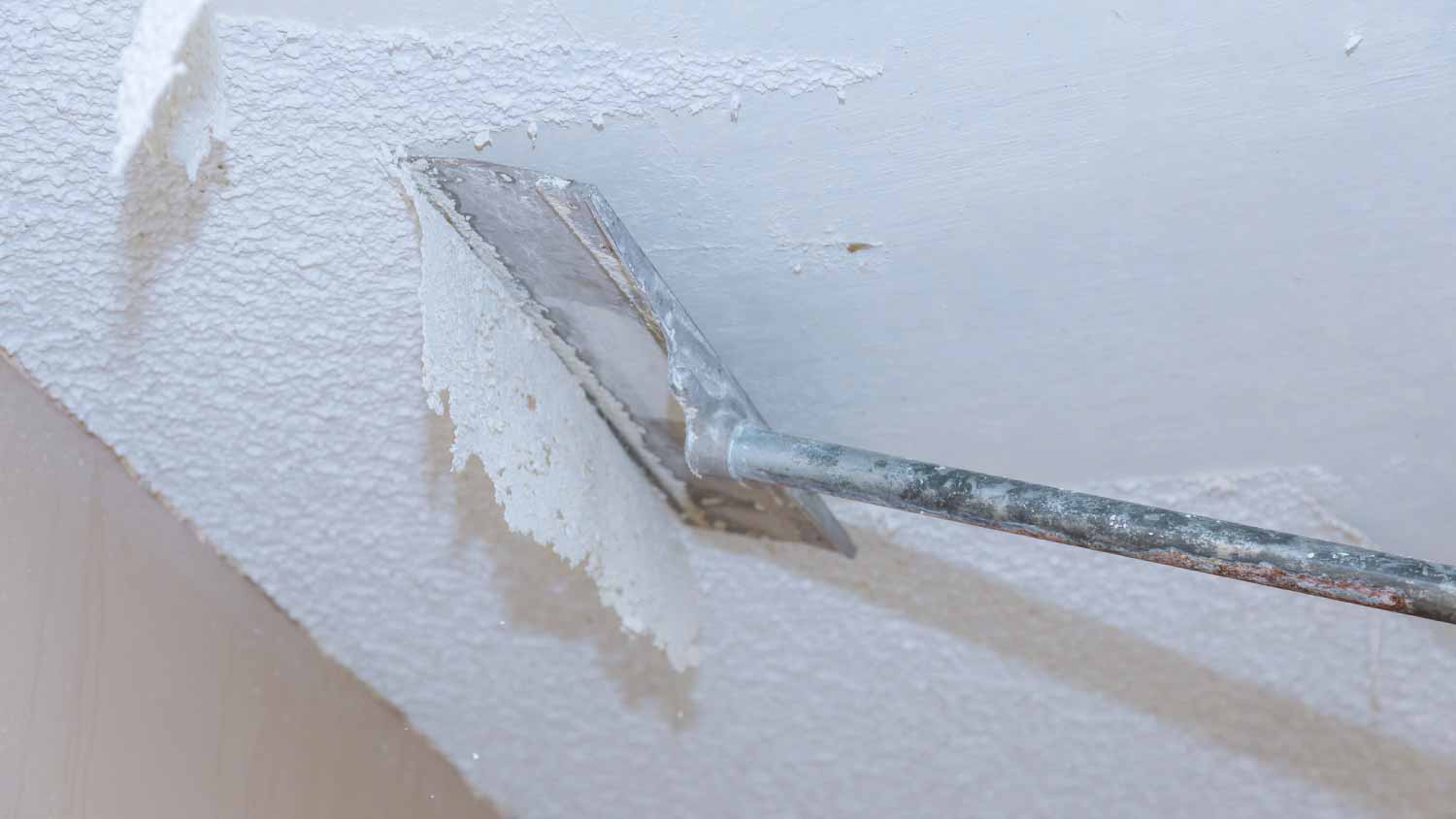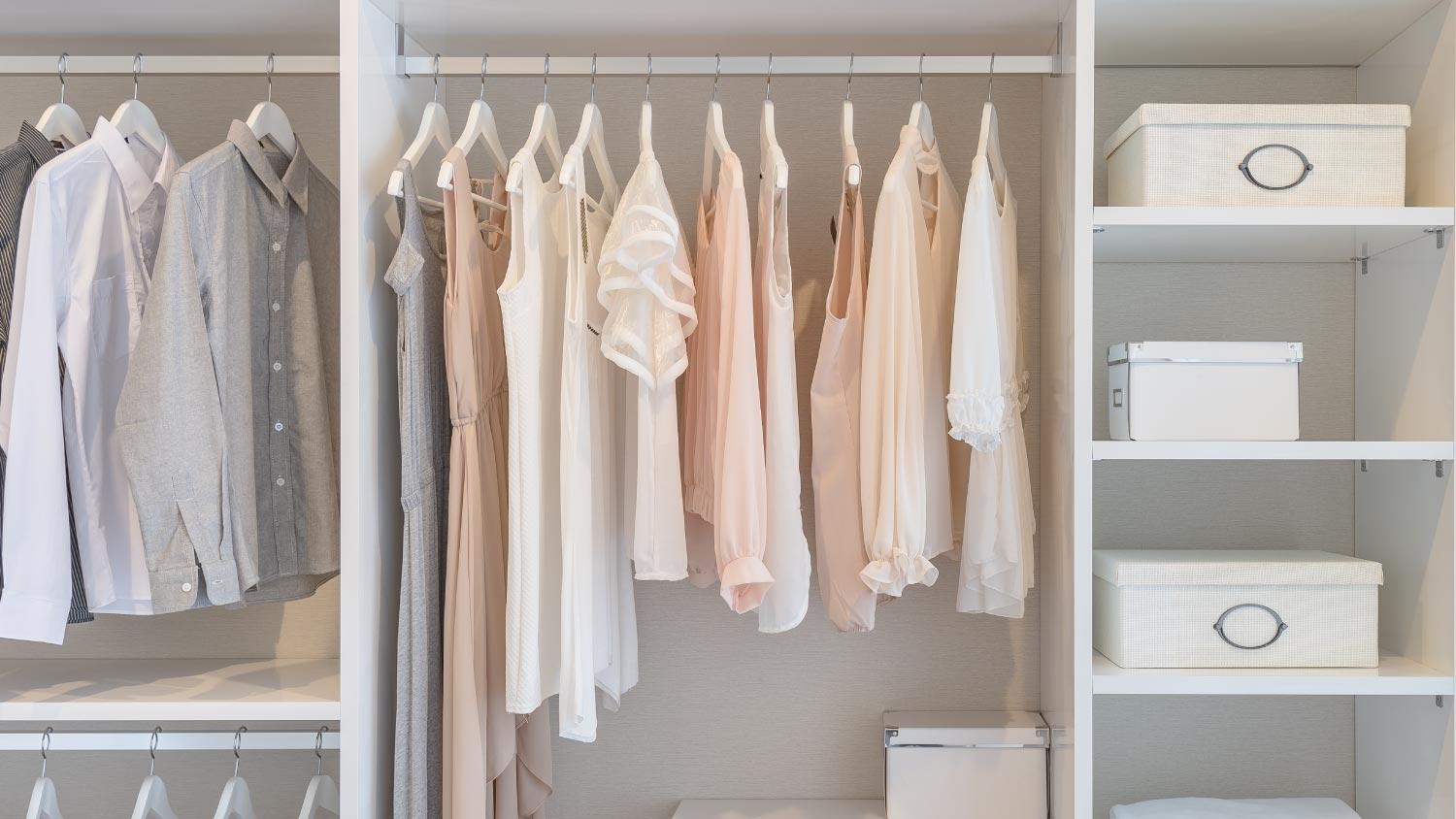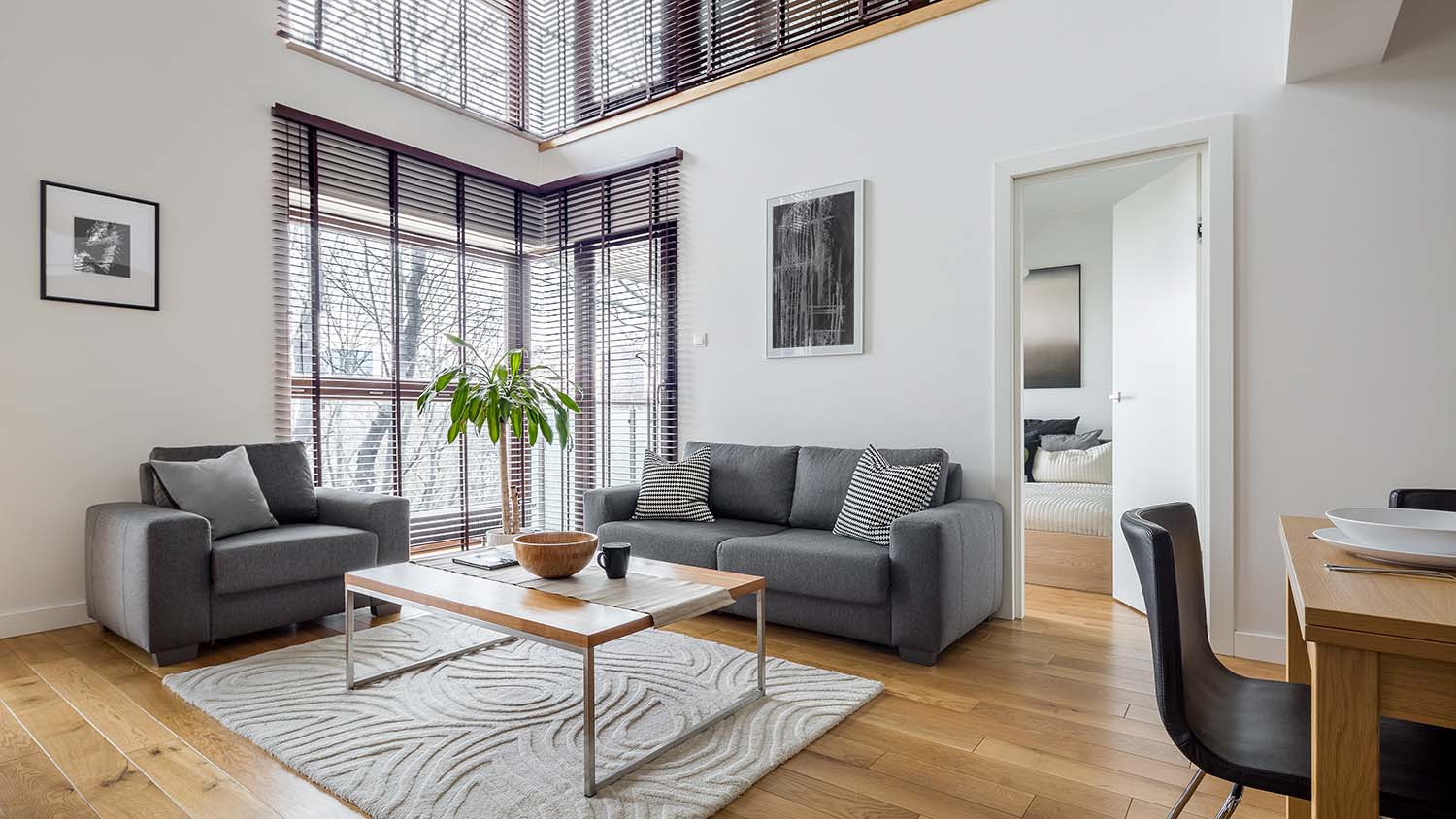
Discover average bedroom addition costs, including cost factors, labor rates, and tips to help you budget for your new bedroom addition project.
From funky art to playful patterns, show off your bold sense of style with this century-old design


Eclectic style melds a collection of eras, patterns, and colors into a cohesive design.
The design name comes from eclectic architecture from the turn of the 20th century.
Eclectic decor and artwork often tell a story and come from all over the world.
Build your space over time, adding complementary pieces as needed.
Many homeowners have trouble finding a trendy design style that truly speaks to their creativity—minimalism design may feel too controlled, shabby-chic design a bit too frilly. Eclectic home style offers the freedom to bring together all your favorite design eras, colors, textures, and patterns into one cohesive look. But what does eclectic style mean? And how do you pull it off without crossing into cluttered confusion?
Despite the common connotation of the word, calling a room eclectic is not actually a passive-aggressive way of saying it's disorganized. Eclectic interior design comes from a late-19th and early-20th century style of architecture. Architects longed to break away from the restraints of the popular neoclassical home styles at the time. Eclectic-style buildings combined two, three, or sometimes more styles into a harmonious design.
Eclectic decor does the same. Every color, pattern, and piece of furniture is deliberately chosen to complement one another, but not according to a preset book of rules. Here are some general things to look out for in eclectic home decor.
Just like eclectic architecture, the decor, furniture, and even some home finishes set a range of eras side by side. A mid-century mod couch sits next to a rustic, wooden coffee table. Shabby chic chandeliers hang over a farmhouse kitchen island. Eras also come together in small details such as picture frames, areas rugs, and cabinet hardware.
Art-lovers often find their way to eclectic design, especially if they love to travel. Eclectic rooms often include framed artwork, sculptures, lighting, or even large furniture from different parts of the world. The room should tell a story about the owner's passions and adventures.
The natural variety of an eclectic room lends to bold colors. To successfully pull off this design, however, many homeowners will hire an interior designer or interior decorator to ensure their color palettes remain cohesive. For example, instead of neutral tones, an eclectic space may lean into jewel tones, metallics, or highly contrasting colors.
Eclectic design pushes the boundaries and bends the rules about which textures and patterns can sit next to one another. Two sleek golden floor lamps may flank a soft, oversized leather couch. Or, perhaps, a floral accent wall might sit behind a bookshelf packed with colorful bindings.
Designers have a lot of room to play with different types of lighting in an eclectic-style room. Ambient lighting, typically with a playful table or floor lamp can showcase different areas of the room and create a relaxing or lively vibe depending on the decor. Ceiling lighting may highlight a gallery wall or designate an area for dining, working, or gathering. No matter the lighting's purpose, the fixture can be as bold as you like and even act as the room's focal point.

Pulling off the eclectic home style can take time, particularly because the decor is often collected and added a few pieces at a time. Most importantly, every design decision—from the bathroom counters to the coffee table books—is on purpose. Eclectic design is not about collecting as much as possible and finding room for it. Keep these ideas in mind to stay on track.
If you have an abundance of mismatched art—photos from trips, inspiration quotes, and colorful prints—a gallery wall is for you. Eclectic rooms welcome frames of all shapes and styles; the sky's the limit when it comes to gallery wall styles and layouts. Break up the frames with floating shelves to add a few plants or small items or wrap your images around a decorative sconce.
Patterned wallpaper, particularly on accent walls, has made a huge comeback in the past decade. Don't be afraid to energize a room with colorful flowers, geometric designs, or stripes against other patterns in your furniture or rug. Double check your accent wall blends with other patterns in the room before calling your local wallpaper hangers, since this change is a bit harder to reverse.
It's already clear that different eras, colors, and surfaces blend together in an eclectic home. But you can go a step further by mixing and matching dining room chairs, bar stools, and patio furniture for even more fun. Get creative with furniture placement by adding a seating area in your walk-in closet, a repurposed hutch in the bathroom, or a floating kitchen island that turns into a bar.
An eclectic room should give off a sense of movement and energy. Adding living and growing decor is a great way to pull this off. There are great plants for each room, even if they have low light or high humidity. Tall potted plants like a ficus can also add height to a room, especially when paired with tall floor lamps.
Let's take a moment to talk about the functional elements of an eclectic-style room. As we mentioned earlier, eclectic decor can dangerously tip into clutter if you're not careful. Keep areas like kitchen counters, work-from-home desks, and dining tables as clear as possible. In other words, don't let this freeing style get in the way of a functional space.
If you have too many decorative items or artwork that can fit on the walls and shelves, make seasonal changes and store your items safely in the meantime.
Eclectic design is often one of those styles you naturally develop over time. If you've just discovered your personal decorating style counts as eclectic, lean into it. And reach out to a local interior designer or even a home organizer near you to help find that balance chic and unique.
From average costs to expert advice, get all the answers you need to get your job done.

Discover average bedroom addition costs, including cost factors, labor rates, and tips to help you budget for your new bedroom addition project.

Discover the average cost of tin ceiling installation, including labor, materials, and key factors that impact your budget. Learn how to save and plan your project today.

Wondering how much it costs to remove an acoustic ceiling? Get cost estimates, key factors, and expert tips to help you plan your ceiling update.

Discover the cost to install a built-in wardrobe. Learn about average prices, installation factors, and ways to save on your custom storage project.

Architectural details like wood molding help frame a space and add visual interest. From baseboards and door casing to wainscoting and board-and-batten paneling, read on for a rundown of all the types of trimming for your home.

Discover the cost to furnish a house, including average prices, cost factors, and tips to help homeowners budget for every room.